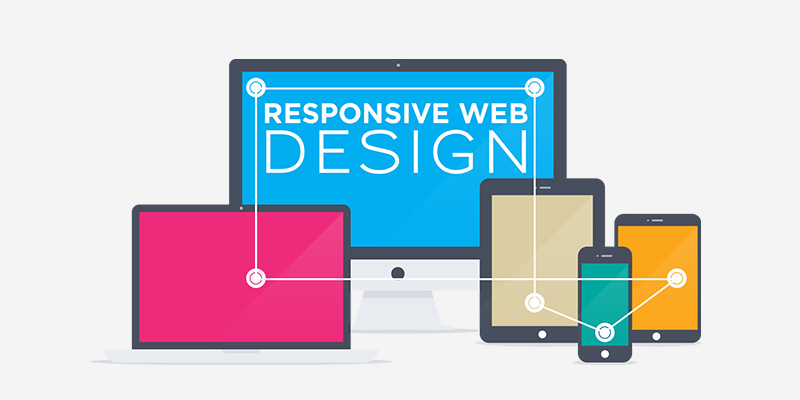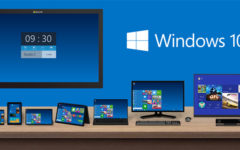
We all know that responsive web design is the rule of the day. But what is making news these days is the latest trend of developing a single base of HTML/ CSS code which will fit well with any web browser window.
Responsive web design is not limited to web designs which are supported by mobile devices. Rather it consists of coming up with flexible layouts with page elements like easy reading, navigation with minimum resizing, panning and scrolling which are effective on a wide range of devices from desktop monitors to mobile phones.
So here are ways in which web designers can merge responsive web designs for desktop and mobile:
Adaptive Navigation
One of the most important elements of a responsive web design is adaptive navigation. Usually web designers resize link text smaller to make navigation easier – but it is usually seen that the text will become so small that smartphone users find it difficult to even tap the links.
In order to address this issue the hamburger menu is used in several native mobile apps for Android and iOS. Apart from this there are free plugins like Responsive Nav to implement the code properly into the layout.
Fluid Typology and Media
The two key components for any website layout is typology and media. Fluid page content is crucial to merge a single website for all screen sizes. There are many web developers who resort to remove excess content, which surely is not the solution to get fluidity. Rather they should resort to resizing the contents of the page – images and typography. The resizing should be small enough to fit into the screen yet large enough to be used and comprehended by the users.
Design with Consistency
Design consistency is very important feature of a responsive web design. Thus it is important that your web designs are consistent on every device it is being viewed on. Thus it is advised that you choose a web design which is not only clean and minimal but also very easy to navigate. And even though it is seen that mobile responsive websites need to cut out down the content, but web designers need to make it a point that the mobile layout has the same energy as the full-sized layout.
Decent Content Sections
Content sections are very critical for the success of a website design. Website development is incomplete if the content sections are not compatible on various devices. Thus it is very important that the content sections are developed in a flexible manner which makes users comfortable with the website.
These are some of the critical elements which need to keep in mind whenever web designers aim at merging responsive web designs for desktops and mobile screens. Web designers can always experiment and innovate with several other features, but the above mentioned points are the basic things which cannot be neglected by web designers.



